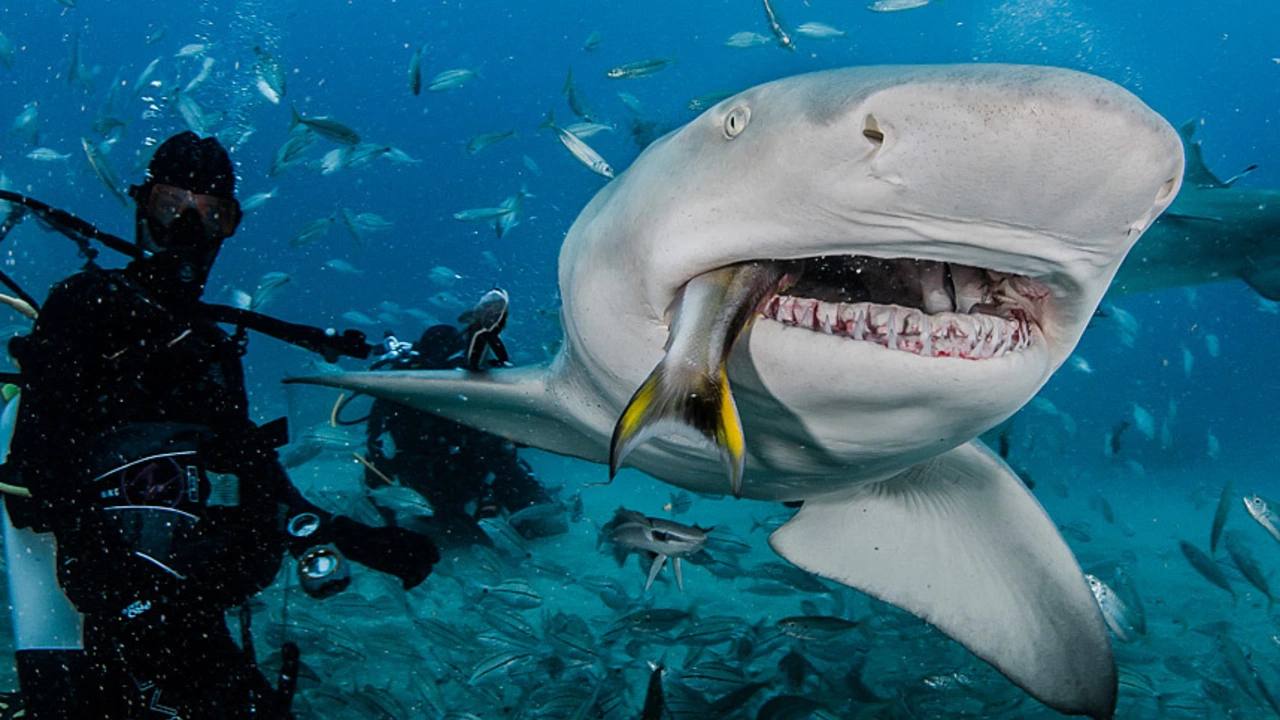Marine Life & Oceanography
Welcome to the hub for everything that swims, floats, or lives beneath the waves. Whether you’re a curious kid, a hobbyist diver, or just love cool sea facts, this page gives you straight‑forward info about marine life and the science that explains it. We’ll look at why sharks can disappear to 3,000 feet, what oceanography tells us about climate, and how you can get involved locally.
Why Sharks Dive Deep
Sharks aren’t just scary movie villains – they’re expert hunters that use depth to their advantage. The blunt‑nose six‑gill shark, for example, can travel well beyond 3,000 feet to chase prey that other predators can’t reach. At those depths, light fades, pressure rises, and the water gets colder, but the shark’s body adapts perfectly. Its flexible skeleton, special eye lenses, and slow metabolism let it hunt deep‑sea squid and fish without wasting energy.
Most people think sharks stay near the surface, but many species make regular trips down to the dark zone. The reason? Food is abundant, and competition is low. When you hear a shark diving that far, think of it as a strategic move – just like a soccer player slipping past defenders to score.
How Oceanography Shapes Our Understanding
Oceanography is the science that studies the ocean’s physical, chemical, and biological aspects. It helps us predict tides, track pollution, and understand how marine ecosystems react to climate change. Simple tools like temperature sensors and satellite images give researchers real‑time data on water currents, which in turn affect where marine life, including sharks, can thrive.
For locals in Sutton, oceanography isn’t just a lab subject. It explains why a sudden rise in water temperature might bring new fish species closer to the coast, or why a storm could stir up sand that hides seaweed beds. By staying informed, you can spot changes in your local tide pools or beach walks.
Want to see oceanography in action? Join a community beach clean‑up or attend a talk at a local aquarium. These events often feature experts who break down complex data into easy‑to‑understand stories about currents, tides, and marine life health.
If you’re interested in sharks, check out our featured post “Do sharks go down to 3,000 feet to swim?”. It dives into real examples of deep‑diving sharks, explains why they hunt at those depths, and shares surprising facts you can use in a conversation or classroom.
In short, marine life and oceanography are linked like a ball and a goal post – one can’t exist without the other. Understanding the science behind the sea makes the creatures you love, like sharks, even more fascinating. Keep exploring, ask questions, and share what you learn with friends. The ocean is full of stories waiting for you to discover them.
Do sharks go down to 3,000 feet to swim?
- Kieran Lockhart
- on Jul 26 2023
- 0 Comments
In my recent exploration of marine life, I've come across some fascinating facts about sharks. Surprisingly, these creatures are known to dive as deep as 3,000 feet into the sea. This depth is not the limit though, with some species like the Bluntnose Sixgill Shark known to travel even further down. They typically do this to hunt, as many deep-sea creatures are part of their diet. This ability to go to such extreme depths showcases the incredible adaptability of sharks in their underwater environment.
